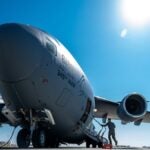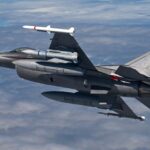
The Air Force officially ended the B52-H’s mission to carry nuclear gravity bombs late last year, according to an updated operating military manual making the rounds online this week. Air Force Instruction 91-111, dated Sept. 5, calls for “removal of B61-7 and B83-1 from B-52H approved weapons configuration.” Hans Kristensen, the Washington-based director of the Nuclear Information Project at the Federation of American Scientists and compiler of annual reports on U.S. and other nuclear arsenals, linked to the Air Force…

 By
By 











